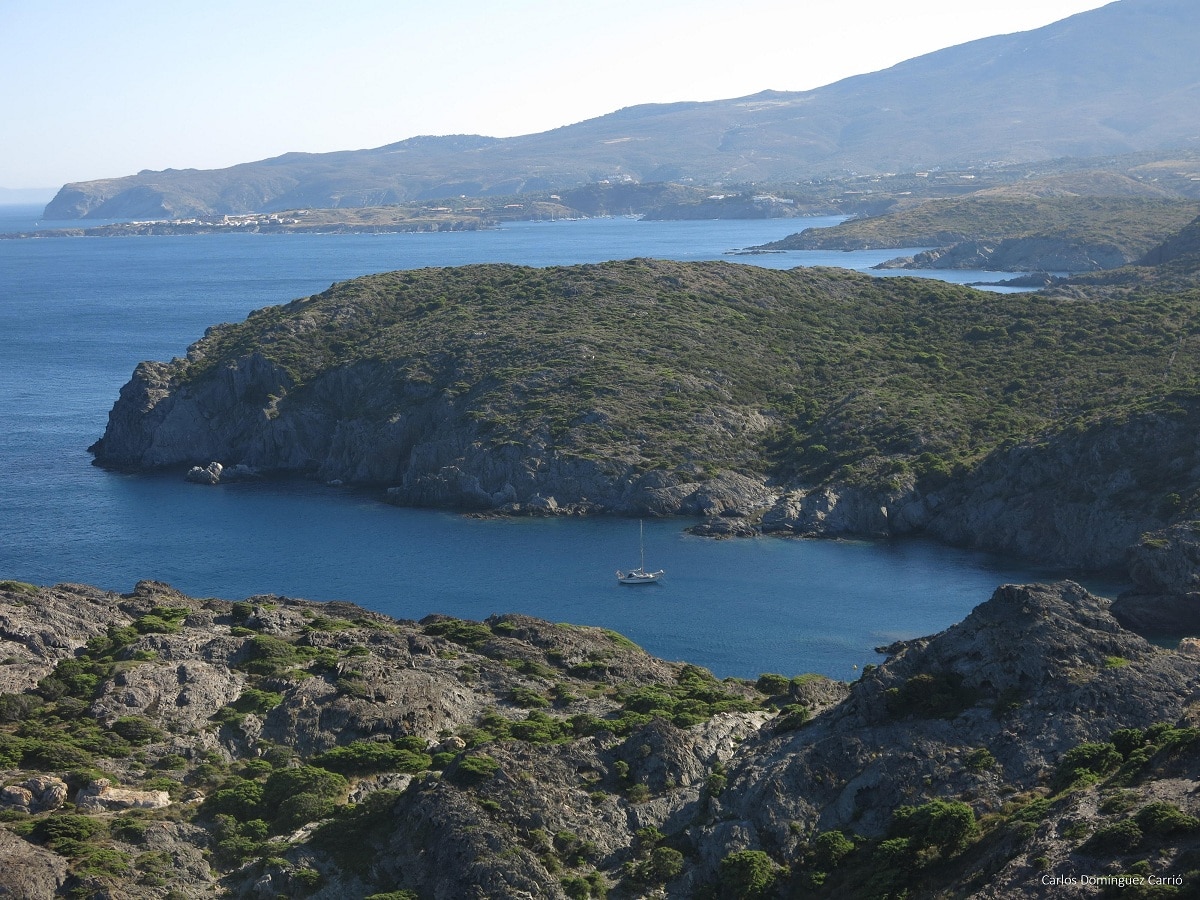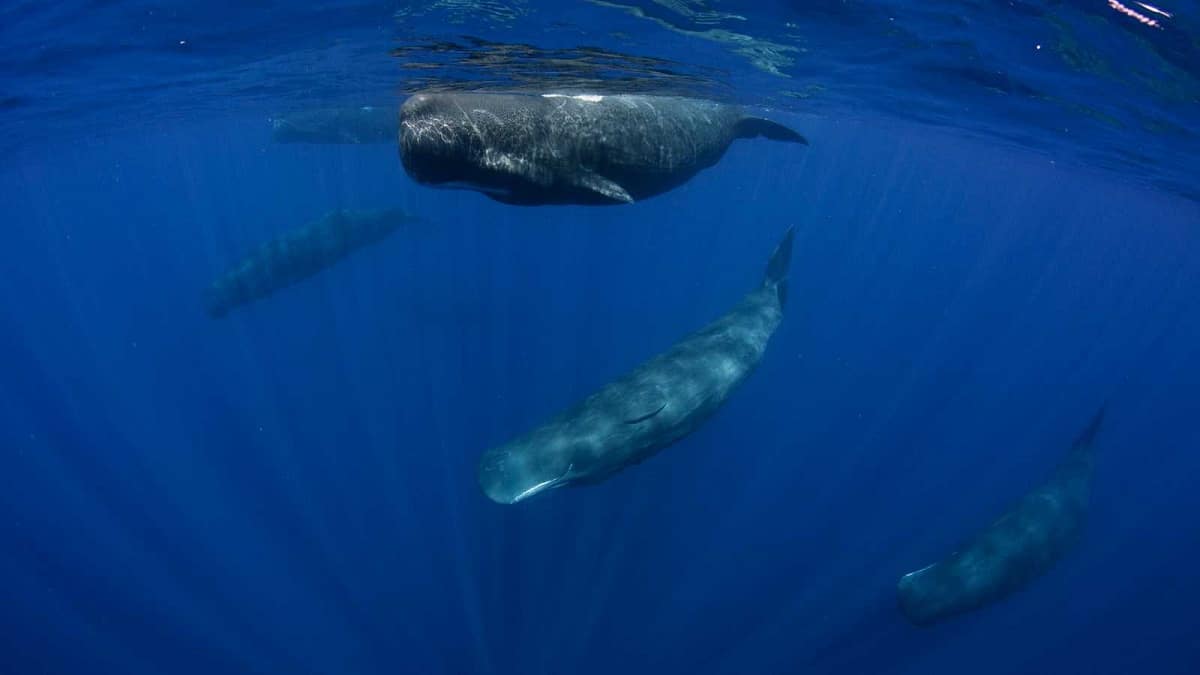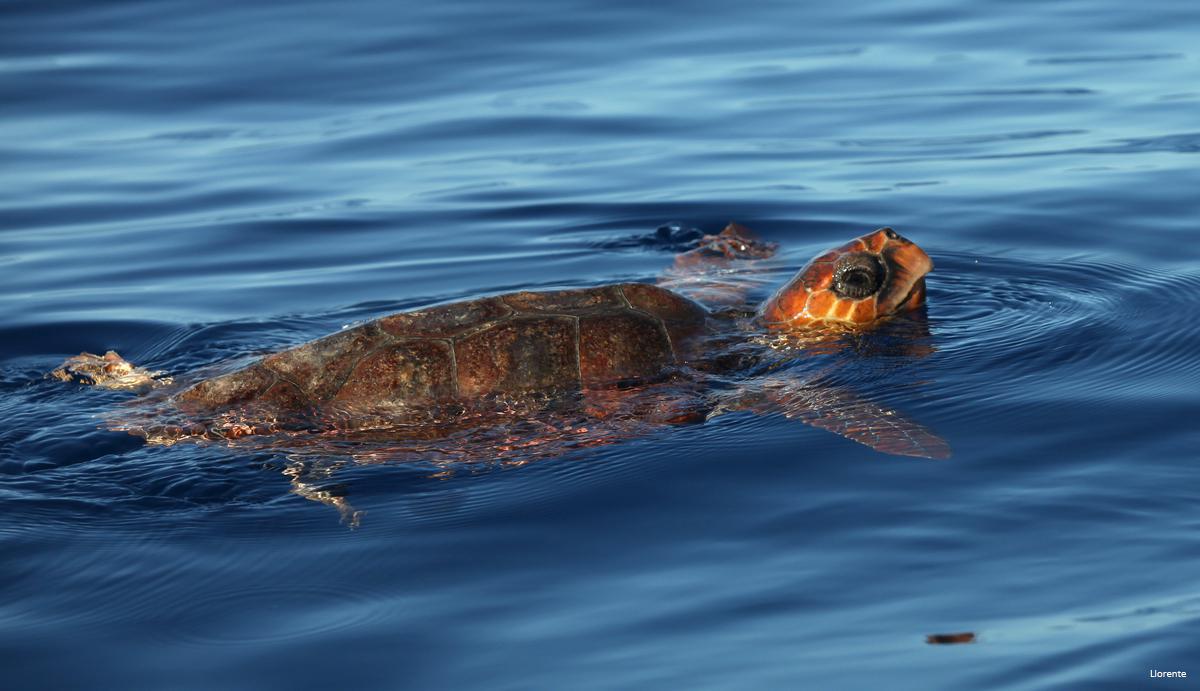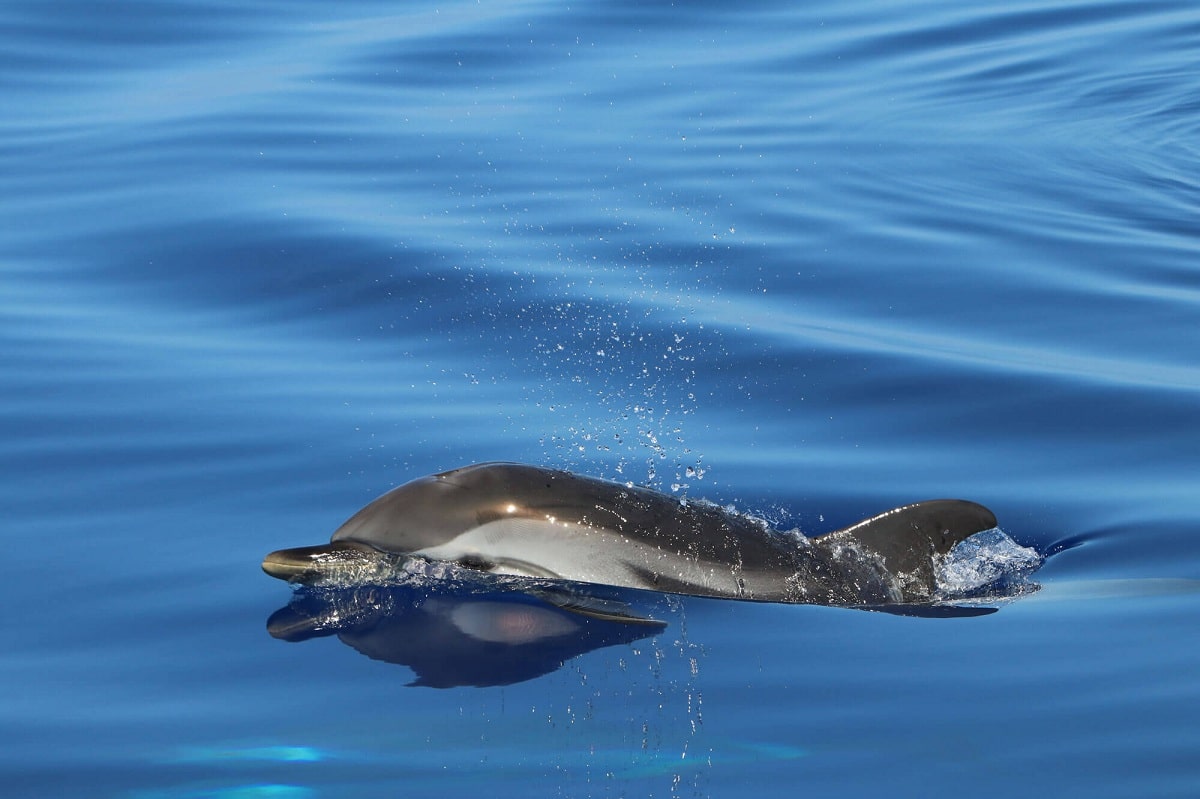
One of the gulfs with the most biodiversity in the Mediterranean Sea is the gulf of lion. It is a wide inlet of this sea located off the sandy coastline of the southern French regions of Occitania and Provence-Alpes-Côte d'Azur. This gulf is recognized not only for its geology, but because it is home to a quarter of all the species found in the Mediterranean Sea.
Therefore, we are going to dedicate this article to tell you everything you need to know about the Gulf of León, its characteristics and the biodiversity it houses.
Key features

The Gulf of León is separated from the east by the delta formed by the confluence of the Rhone River and the Mediterranean Sea between the east and the Côte d'Azur. Its southwestern limit is where the Pyrenees meet the Mediterranean Sea, France and Spain, is separated from the Costa Brava in Catalonia.
The continental shelf is exposed here as a vast coastal plain, and the coastal terrain slopes rapidly towards the deep-water plain of the Mediterranean. The coast is characterized by the almost continuous presence of strands of lagoons and numerous ponds. Some parcels, mainly limestone, are bordered by these large flat expanses.
The main port of the bay is Marseille, followed by Toulon. The fishery in the Gulf region is dominated by cod, mainly bottom trawling, but is currently declining due to overfishing. This is the famous cold zone, with a downwind wind, called the northwest wind or mistral wind. The main rivers that flow into the gulf are the Tech (84,3 km), Têt (120 km), Aude (224 km), Orb (145 km), Hérault (160 km), Vidourle (85 km) and Rhone ( 812 km).
The Bay of León is not a simple passive continental border, but the result of the Oligocene-Miocene Corsican-Sardinian group that rotates counterclockwise against the Europa Craton. This enlargement it rejuvenated the complex structural framework inherited from the evolution of Tethys and the Pyrenean orogeny. The orogenic movement of the Eocene caused the appearance of the Pyrenees to compress and thin the entire crust. Geologists predict that there will be quite a few offshore oil fields on the edge of the bay.
Biodiversity of the Gulf of León

It is notable for the diversity of its ecosystem, and its rich biodiversity relies on abundant plankton as a food source for many fish and cetaceans. The LIC proposal guarantees its protection and its follow-up provides an incomparable setting to describe the evolution of sensitive habitats and speciess.
The LIFE + INDEMARES project coordinated by the Biodiversity Foundation of the Ministry of Agriculture, Food and Environment - whose results were announced in April of last year - has confirmed that the underwater canyon of the Bay of León has a Mediterranean Sea.
The submarine canyon is a marine area that includes the Cap de Creus continental shelf and the Cap de Creus and Lacaze-Duthiers gorges located on top of the French continental shelf. The marine space has more than 987 square kilometers and unique environmental characteristics. It is protected by its proposal as a Site of Community Importance (SCI). Its monitoring provides an unparalleled framework for describe the evolution of sensitive habitats and species, combined with protection. Certain local economic activities because it is one of the most productive regions in the Mediterranean.
The submarine canyon system is located at the easternmost end of the entire Iberian Peninsula and has about 2.200 species, which represents a quarter of the species recorded in the Mediterranean.
The space presents a wide variety of ecosystems in a relatively small area: coastal ecosystems, shelf and slope ecosystems, and underwater canyon communities, therefore it has a high degree of biodiversity. The great wealth of this place is partly due to the abundance of plankton, with the larval stage of commercially valuable fish such as cod and krill, which are also a source of food for many fish and cetaceans.
Habitat of the biodiversity of the Gulf of Leon

Madrepora oculata and Lophelia pertusa, one of the best preserved cold-water coral communities in the Mediterranean, are found in the underwater canyons of Cap de Creus. Because the pressure of human activities, these species have disappeared elsewhere.
Striped dolphins and fin whales are common in this area, where bottlenose dolphins are also seen in typical coastal habitats. The gorge is also an important habitat for important bird populations. These include the Mediterranean shearwater, which can be seen in one day up to 1.200 specimens, as well as the threatened Balearic shearwater. In winter, black-footed terns abound in the canyon's waters, as well as Audouin's gulls and Atlantic gannets.
This diverse habitat and marine environment is also home to a host of other animal species with vastly different lifestyles, such as filter feeders, suspensivores, detritivores, scavengers and hunters. All of them benefit from the high biological productivity of the marine waters of the Gulf of León.
This rich species is a response to a number of factors, these factors appear abnormally simultaneously in the marine area of the western canyon system of the Gulf of Lion, and its enormous ecological value makes it a natural heritage of Europe.
Conservation of species
If we want to conserve the species present in these natural ecosystems, it is essential to introduce laws that regulate the number of activities that can be carried out. One of the ways to extend knowledge to the population is through environmental education. Thanks to it we can transmit to the populations the values of conservation and the importance of these ecosystems for their long-term preservation. The final objective is to be able to conserve the ecosystem and to be able to continue extracting resources without the need to degrade the natural habitats of all the species mentioned above.
As you can see, the Gulf of Lion is quite rich in biodiversity and its protection is important. I hope that with this information you can learn more about the Gulf of Lion and its characteristics.